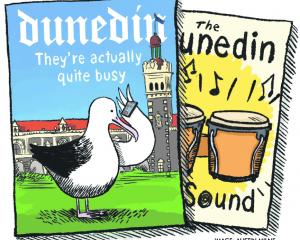
Rabobank's latest wine quarterly report showed US wine imports continued to grow in 2016, rising 2% by value and 3% by volume.
Italy remained the largest source of imports but growth was being driven by sparkling wines which were up 20% for the first eight months of the year compared to the previous corresponding period.
French wine export growth was somewhat muted in the first nine months of 2016, as the challenging environment in the UK market partially offset growth in the US and China.
Australian wine export volumes posted a modest fall over the first 10 months, as strong growth in the Chinese market was not enough to offset significant declines in other major markets.
By contrast, the value of exports moved higher (up 7.3%) owing to a significant increase in average export values, especially in the US market.
New Zealand wine export volume growth led the pack, owing to a combination of higher supply and strong demand, with shipments growing by 6.9% in volume and by 5.3% in value for the first nine months of the year.
A strong rebound in annual shipments to the UK reinstated it as the country's No 1 market by volume. That was likely to be transitory, as the US market barrelled ahead and currency crosses there remained relatively more favourable for producers, the report said.
Global inventories of wine appeared fairly well balanced and stable, with variations by geography, varietal and price segment.
Supply in the northern hemisphere has become slightly tighter given the unremarkable 2016 harvest in California and the challenges across much of Europe due to adverse weather conditions.
The situation in the southern hemisphere was decidedly more mixed than in the north. While New Zealand enjoyed a bumper crop in 2016 and Australia improved slightly, production in Chile, Argentina and, to a lesser degree, South Africa declined significantly.
In Chile, those declines appeared to have helped the industry avoid excess supply, and they have allowed prices to rise to more sustainable levels for many growers.
In Argentina, the light recent crop has left the industry with a shortage and reports indicate companies have started importing from Chile to meet their needs.
The US dollar looks set to continue appreciating against the euro, even as the British pound remains weak.
European exporters would face increasing challenges in the UK market as a result, and the US would become more attractive in both an absolute and a relative sense.
As a result, competition from imported wines was expected in the US market - particularly from European imports - and that would intensify over the coming year.
The ongoing weakness of the British pound following the Brexit vote would continue to create challenges for exporters targeting that market.













